A Comprehensive Guide to Home Insurance in California
Jon Granston | April 8, 2024


Jon Granston | April 8, 2024
As homeowners in the Golden State, we're no strangers to the challenges posed by wildfires and the subsequent impact on our insurance policies. There are a few new topics that are essential for every homeowner to understand, including fire hardening requirements, wildfire preparedness, the historical context of insurance challenges in our state, the California FAIR Plan, and the importance of advocacy and action. These recent expansive requirements apply not just to new policies but also to homeowners with existing policies.
In July of 2021, AB-38 came into effect. AB-38 was a new law passed in 2019 that required sellers of properties located in high fire zones to provide documentation of compliance with certain wildfire protection measures. These measures are determined by your local fire department.
To avoid any hiccups during the escrow process, we emphasize the need to collaborate with our clients prior to listing a property for sale. Ensuring your home meets the fire department's requirements is paramount, and depending on your location, this may be a point of sale necessity. Depending on your location, you may have the choice to either complete these requirements yourself or pass the responsibility to the buyer. Being proactive can save you time and stress once you are in escrow.
With the increasing threat of wildfires, some insurance companies, such as Farmers, have introduced new inspection requirements to assess a property's wildfire preparedness. The inspection criteria, available at WildfirePrepared.org, are stringent, and it's rare for homes to pass without some modifications. When we reviewed these requirements, we were skeptical that any home would pass.
Key requirements include:
The increasing frequency of wildfires in California has put a strain on the insurance industry, leading to a reevaluation of the current model. Despite the elevated risk, California's home insurance costs have historically been lower than in other states, thanks to Proposition 103. This regulation limits how much insurance companies can increase their rates, saving Californians billions. However, the rising costs from recent wildfires have led some insurers, like Allstate and State Farm, to reduce their offerings in high-risk areas, and many insurance providers have decided to leave the state completely. Now we are seeing the negative effects of Prop 103.
For those struggling to find coverage, the California FAIR Plan provides a state-regulated safety net. It offers basic coverage when other options are unavailable, though some customers find its coverage insufficient. Alternatively, surplus line carriers like PURE Insurance or Markel can provide coverage for homes that standard insurers avoid, albeit with higher rates and stricter requirements.
As we navigate these changes, it's vital to remain proactive. One way to make a difference is by reaching out to your state representatives to ensure they understand the importance of home insurance reforms in California. Your voice can help shape the future of insurance policies and protections in our state.
In conclusion, staying informed and taking action are key to navigating the complex world of home insurance in California. By understanding the requirements, preparing for inspections, and advocating for change, we can work together to ensure a safer and more secure future for all homeowners in the Golden State.